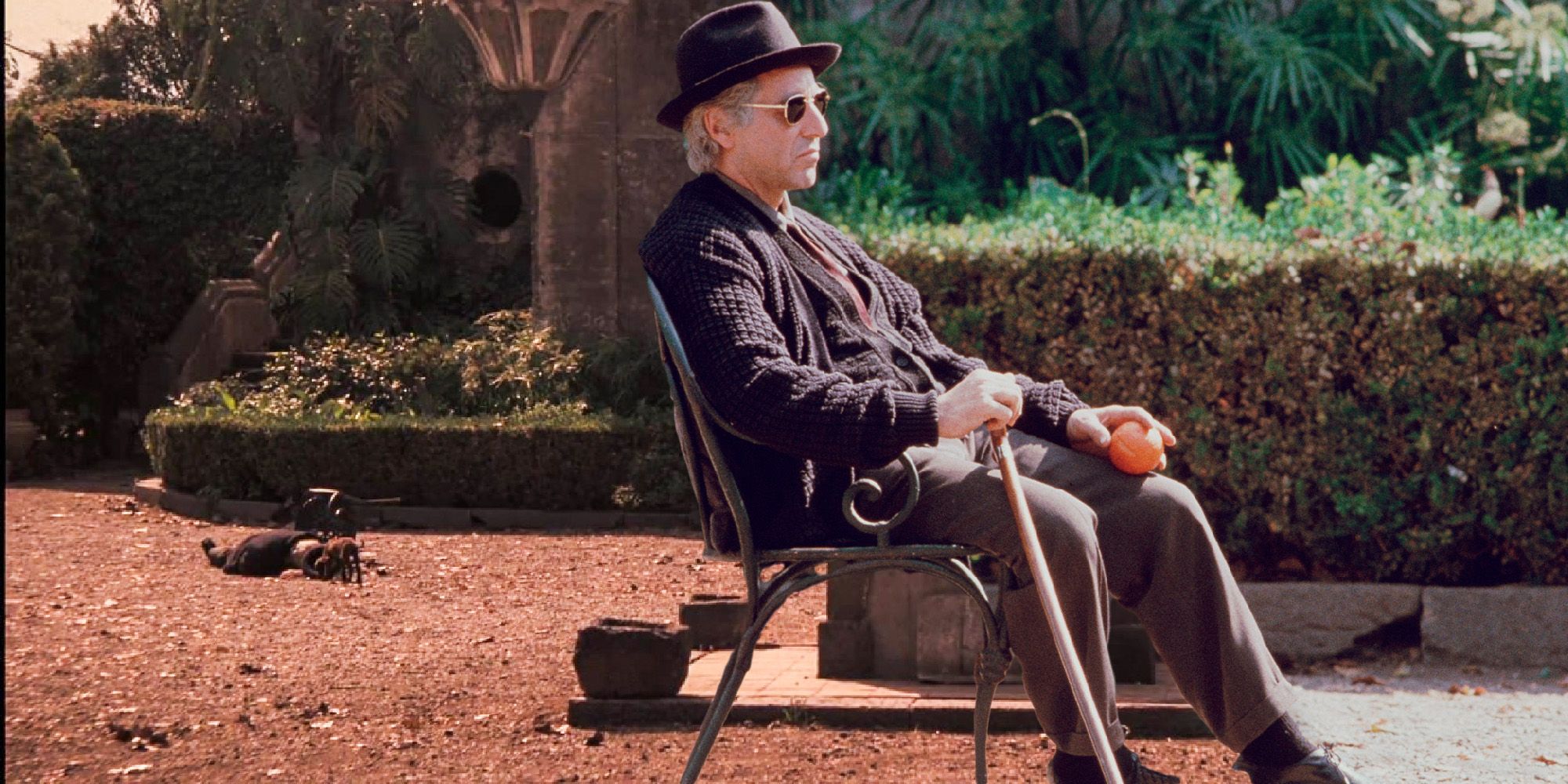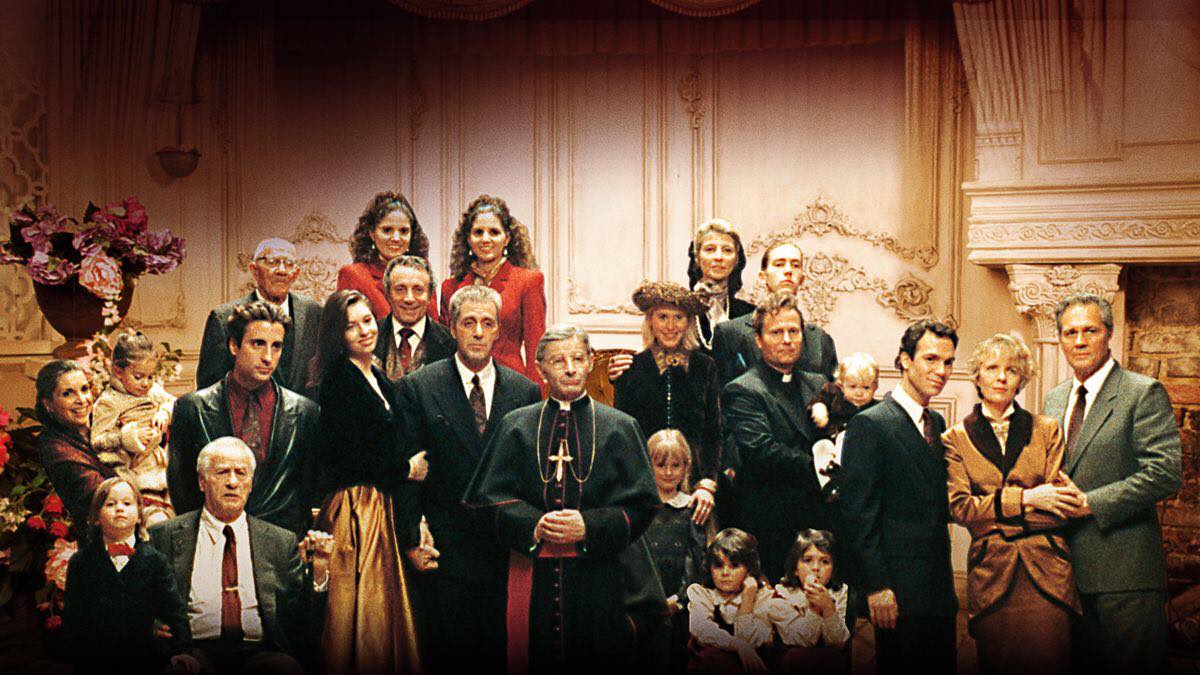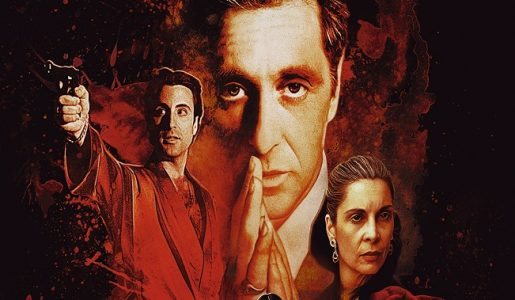
The first hour of the film has been comprehensively reordered, lending more agonised oomph to Michael’s plight while helping clarify his motives. It lands all the more powerfully now, thanks to the smoother opening act that precedes it.

“Just when I thought I was out, they pull me back in,” runs Pacino’s most famous line, which the actor delivers with a growl that comes up from the ground. Yet the paths of righteousness only lead him to still-murkier vales of gangsterism and corruption, in Manhattan, Rome and finally Sicily itself. Al Pacino’s now middle-aged Michael, sporting a granite-grey crew cut that looks less clippered than chiselled, attempts to take the Corleone family legitimate once and for all via a high-stakes business deal with the Catholic Church. The plot’s broad sweep remains largely unchanged from The Godfather: Part III. Step one was to restore that talismanic standalone title: the film introduces itself with a card which reads “The Godfather, Coda”, but then gives “The Death of Michael Corleone” a screen to itself. The scorn was tied partly to Coppola’s own fall from commercial and critical grace in the decade beforehand, and partly to the sheer nerve of it not being another masterpiece.īut its unfulfilled promise – even on its own terms – must have rankled Coppola, so the director has now recut it into something more closely aligned with his original intentions. The supposed failure of The Godfather: Part III was always overstated.

Thanks to Coppola’s much-publicised decision to cast his (entirely untrained) 18-year-old daughter Sofia – now an Oscar-winning filmmaker herself – in the pivotal role of Mary Corleone, Michael’s own teenage girl, it also arrived trailing the distinct whiff of nepotism, which became a focal point for critical attacks. What’s more, it had to be sent out to cinemas before Coppola was content he’d entirely made sense in the edit of its operatically heightened plot, involving incest, cursed bloodlines and serpentine Vatican conspiracies. But Hollywood marketing being what it is, the studio went with ‘Part III’ instead. He and Mario Puzo, the author of the Godfather novels, even came up with a title that framed it as such: The Death of Michael Corleone. Coppola never intended the troubled third instalment – written and shot on a breakneck deadline, some 15 years after the release of the second – to be a continuation of the tale as much as a feature-length epilogue.

Over the near-half-century since their making, the first two panels of Francis Ford Coppola’s great American triptych have lost not a microjoule of their ferocity, grandeur and tragic-epic force. The one problem with The Godfather: Part III that no amount of re-editing can ever solve is that it isn’t The Godfather or The Godfather: Part II. Dir: Francis Ford Coppola. Cast: Al Pacino, Andy Garcia, Talia Shire, Sofia Coppola, Diane Keaton, George Hamilton, Eli Wallach, Joe Mantegna, Donal Donnelly, Enzo Robutti.


 0 kommentar(er)
0 kommentar(er)
